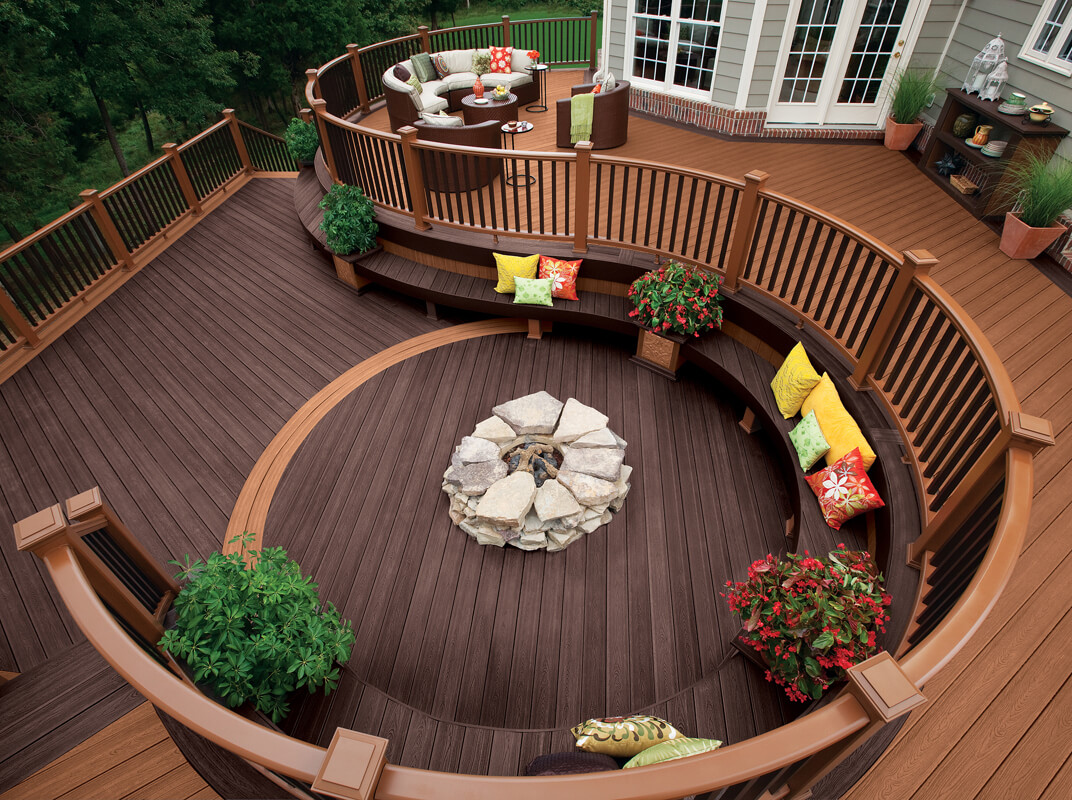[dropcap]W[/dropcap]hen it comes to our homes, everybody knows there are some obvious features to add value. A new kitchen, bathroom, open dining and the smell of freshly baked bread can make it much more attractive to potential buyers. Couple this with magnolia coloured walls and a nice plush carpet and it’s almost irresistible. But this can change when you take your potential investors outdoors.
They won’t all be concerned about the rusty bench, dandelion filled lawn and shed that used to look like it was made out of wood. But, close to half of buyers would expect to take 20% off the price of a property based on a shabby exterior. Most buyers will make a decision about whether to pursue a property before they have even been inside. Up to 35% will base their decision entirely on the exterior.
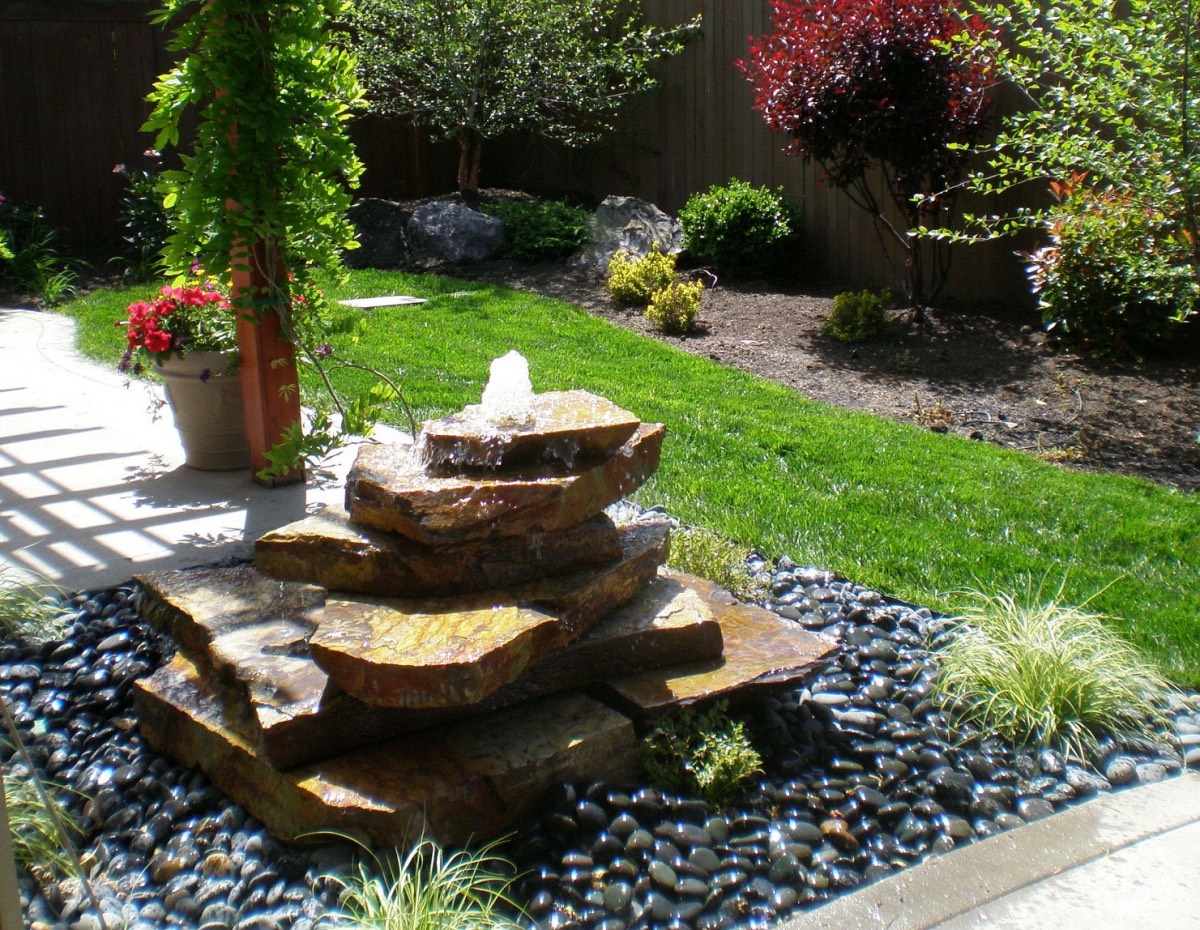
Aside from the added value, a well-designed garden is an extension to your living space. A comfortable area for entertaining, eating or just sitting to watch the birds go by adds a new dimension to your home. It’s not only strangers that you have to consider when thinking about impressing with your home. Everybody wants to be proud of their property and have a great place to entertain. On the rare occasion that the sun is shining, there is nothing better than hosting people outdoors.
How to improve your garden?
Depending on the size of your garden there is a range of options for creating a useable outdoor space. There are many competing factors when choosing; how well it will cope in bad weather, how easy they are to install – can you do it yourself or do you need special equipment and skills – how well it fits in with the existing structures and cost. Taking all of these factors into consideration, composite decking should be your first choice.
Composite decking boards were developed in the late 1990s as an alternative to timber. Since that time, improvements have been made with its production, weather resistance, available colours and simplicity to install.
In addition, composite boards also satisfy consumer’s growing need to protect the environment. Composite boards are made from waste wood fibres such as sawdust, wood products and wood pulp. This is then mixed with recycled plastic which would otherwise end up as landfill.
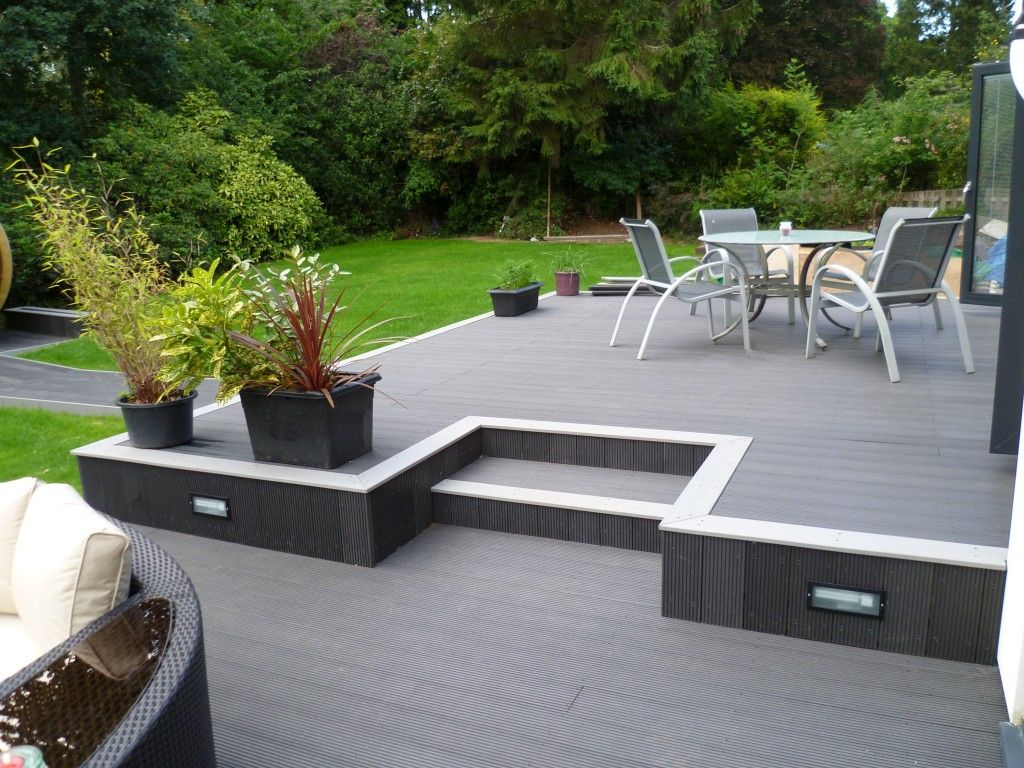
Isn’t composite decking more costly than timber?
When comparing composite boards and timber boards, there is an initial cost difference. Composite decking has a higher upfront cost. However, the costs of timbers’ annual maintenance, which is expensive in terms of both time and money, needs to be considered. Repairing lumber planks, sanding the boards, staining to maintain the colour and waxing to keep the timber waterproof becomes costly over its lifetime. These added expenses make timber considerably more expensive over the long term. Composite boards have no special maintenance requirements and won’t splinter, warp or fade regardless of the weather they are exposed to. You can be confident that the colour of the composite boards will be unchanged over the 20-30 years that they are expected to last.
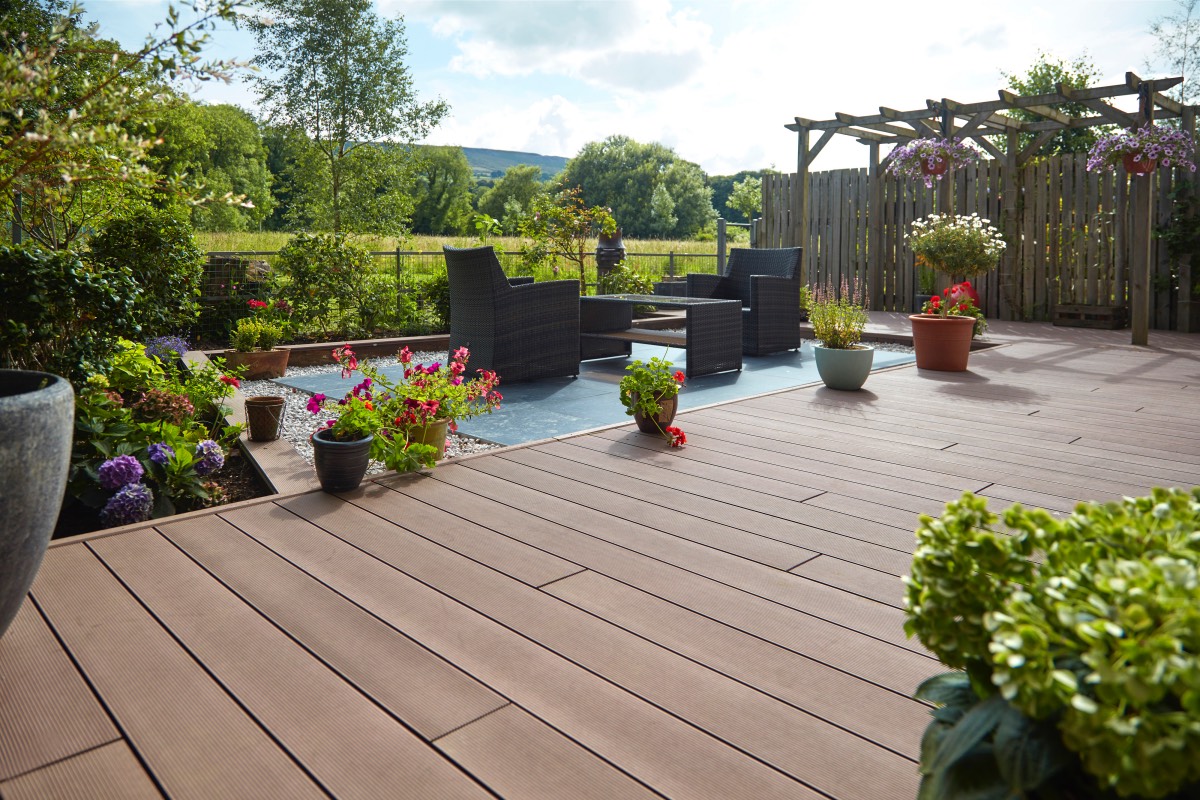
How long will a composite deck last?
You expect to enjoy your new deck for a number of years. The thought of having to repair or replace it is unlikely to enter your mind. What would be very disappointing is to discover that a few years in the future you have to completely renovate your deck in order to make it look attractive again. However well you maintain timber decking it will always succumb to the effects of the weather and time. Composite decking doesn’t have this problem. The hardwearing construction enables it to handle the test of time and look as good as new for the foreseeable future. The durability of composite boards is so good that companies will generally offer a 15-year warranty on the product without having to adhere to any special treatments or maintenance.
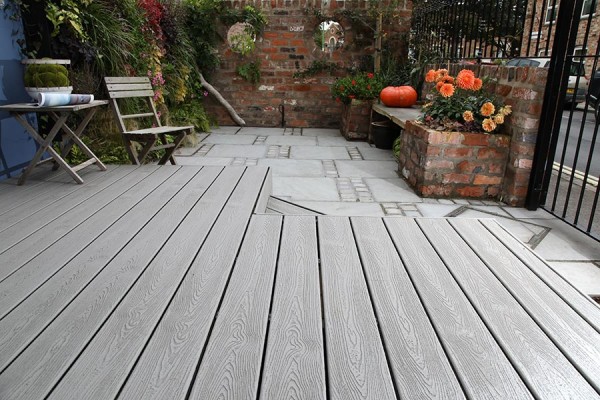
Can composite boards handle the UK weather?
Composite boards are partly made from plastic making them particularly resistant to moisture and UV rays. This will prevent swelling, warping or splintering. A prime reason for colour fading in timber decks is its inability to properly repel water. Wood is naturally porous and will expand when wet and contract as it dries out. Moisture will cause timber to develop dark water patches which can be difficult to cover with wood-stain, even after sanding. The surface will gradually become patchy as water stains take hold of the wood. Composite boards don’t suffer from this problem due to their moisture barrier properties.
Will the colour last?
Composite boards come with the assurance that the colour you choose at the time of installation will be the same colour you enjoy 15 years down the line. Not only will the colour last for the lifetime of your deck, but you also have a vast palette to choose from when you buy the product. Having the flexibility to match your new decking with your windows and doors is a definite bonus. Or you may decide to choose something a little more unique. You can really let your creative side go wild and make a statement that your neighbours and guests will be talking about with great envy!
Are composite boards safe in the rain?
A familiar feature of timber decks is that they can become very slippery when exposed to water. Timber needs to be sanded and varnished regularly for proper maintenance and this further removes the grip. To combat this, timber boards have grooves cut into the surface but this only helps to remove water and doesn’t improve the grip. Composite boards are formulated and manufactured to be anti-slip when wet. In fact, the rain can be a good thing for composite boards as this will help to remove surface dirt from the deck, leaving them looking shiny and clean when they dry.

